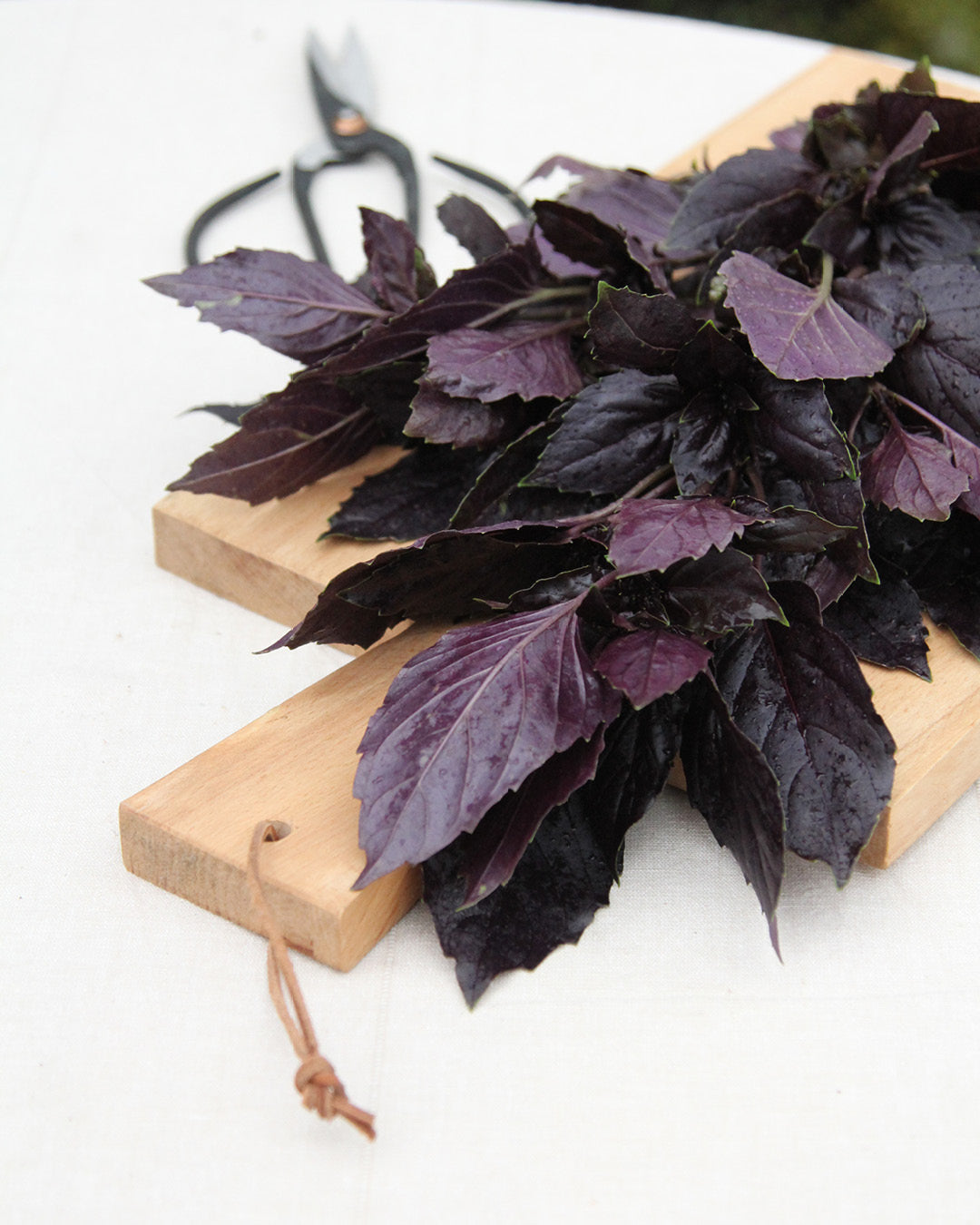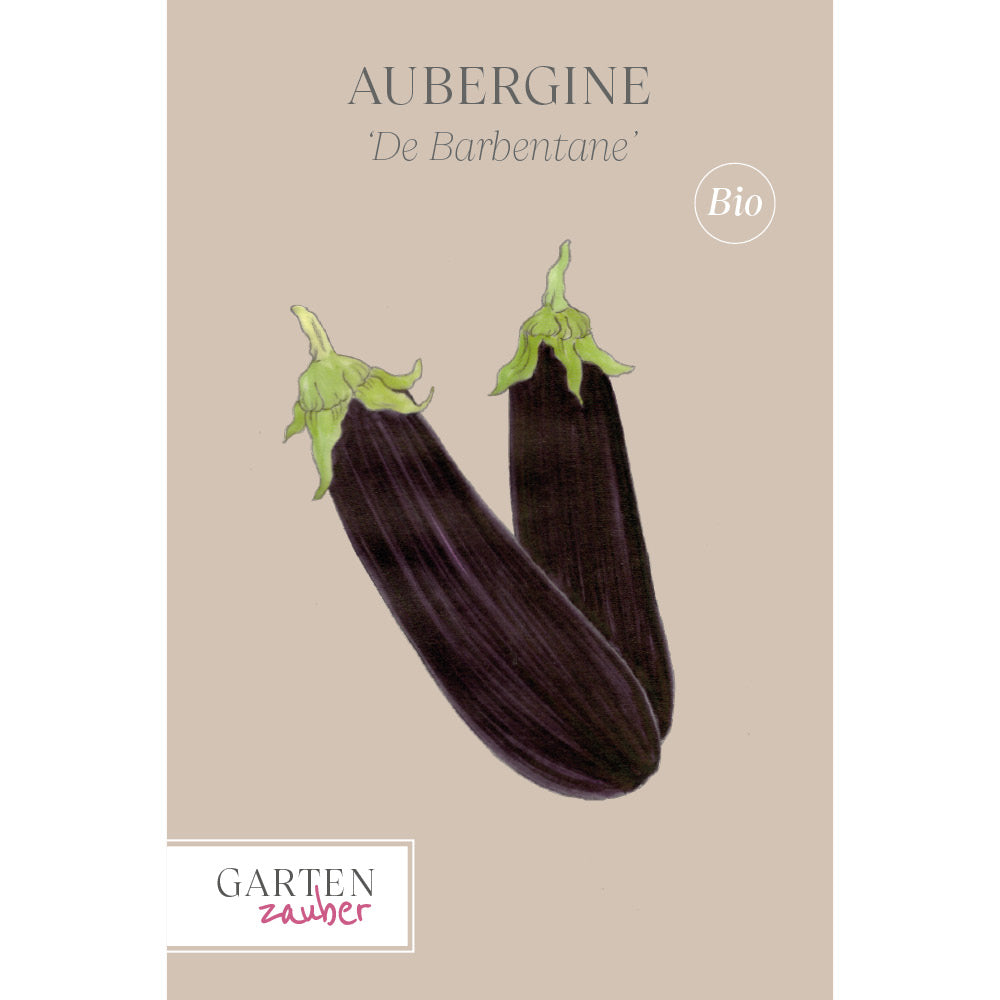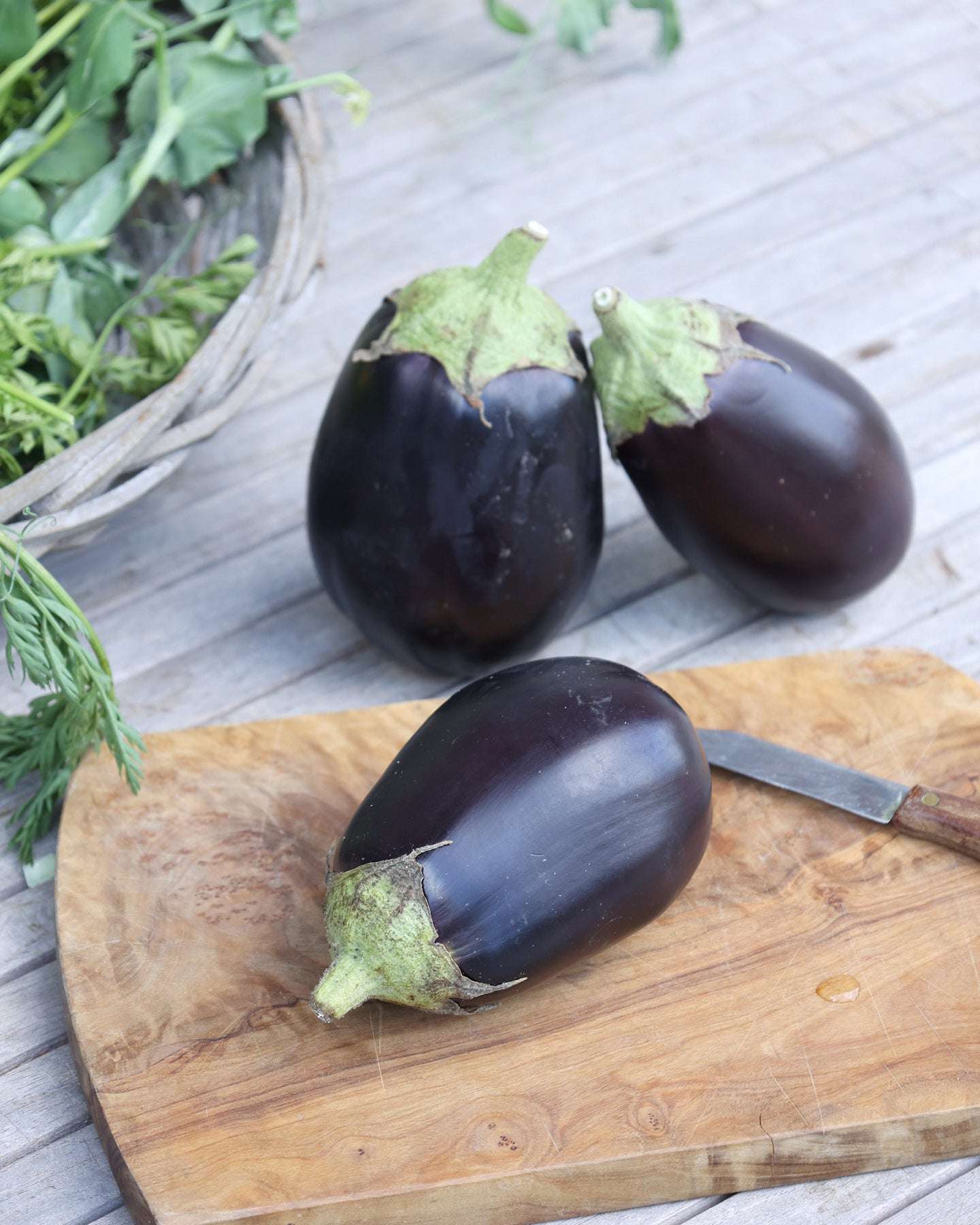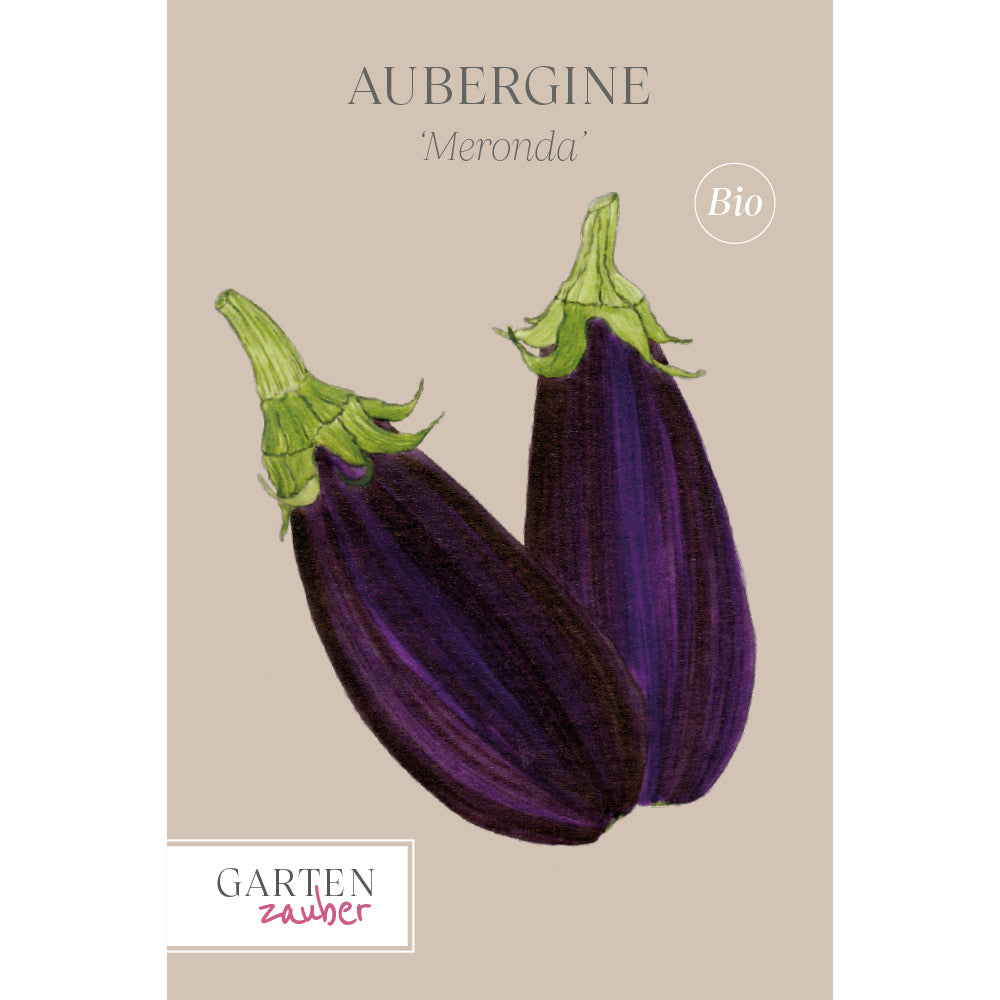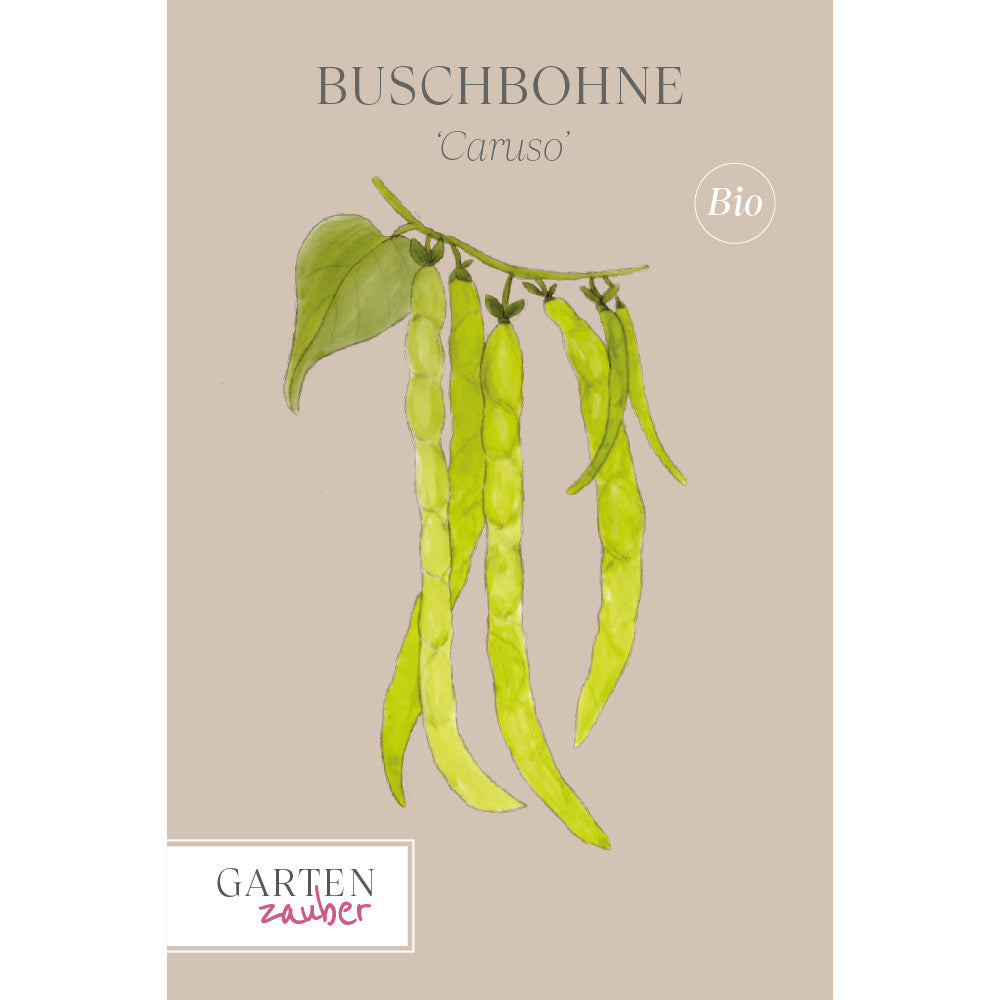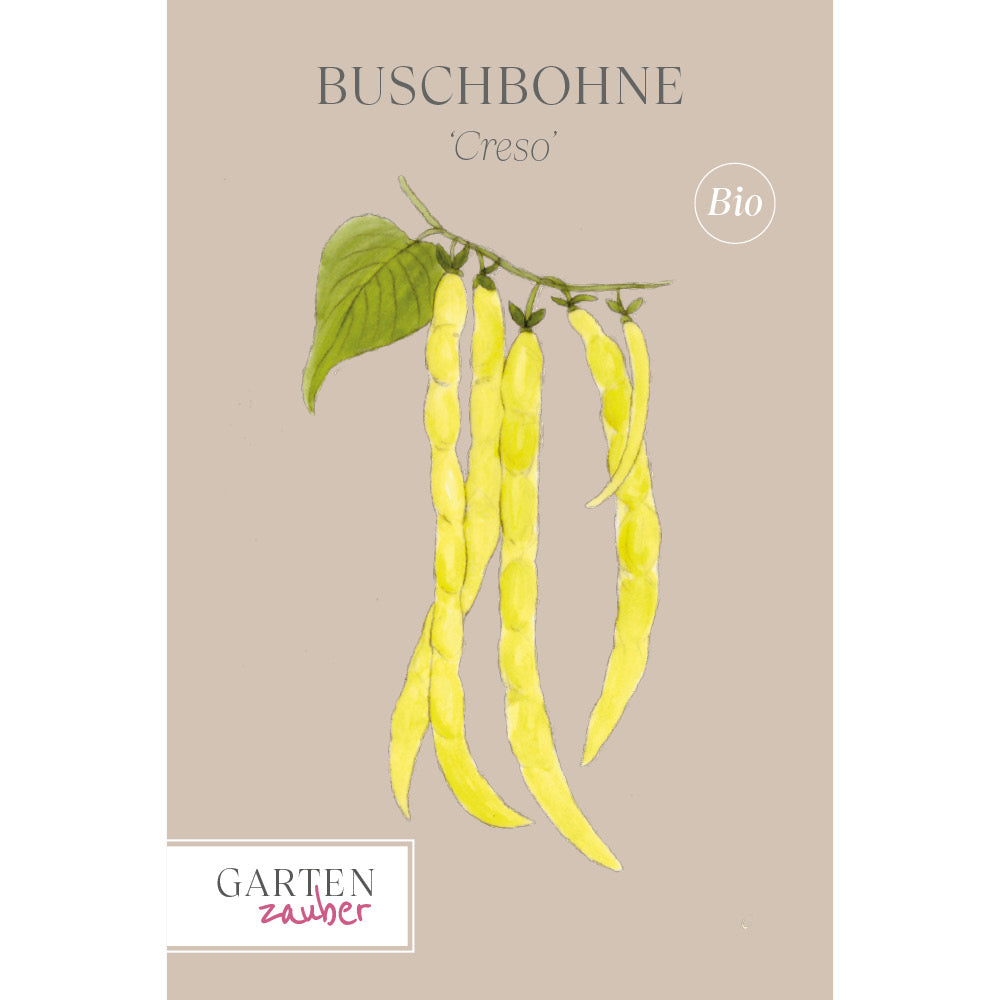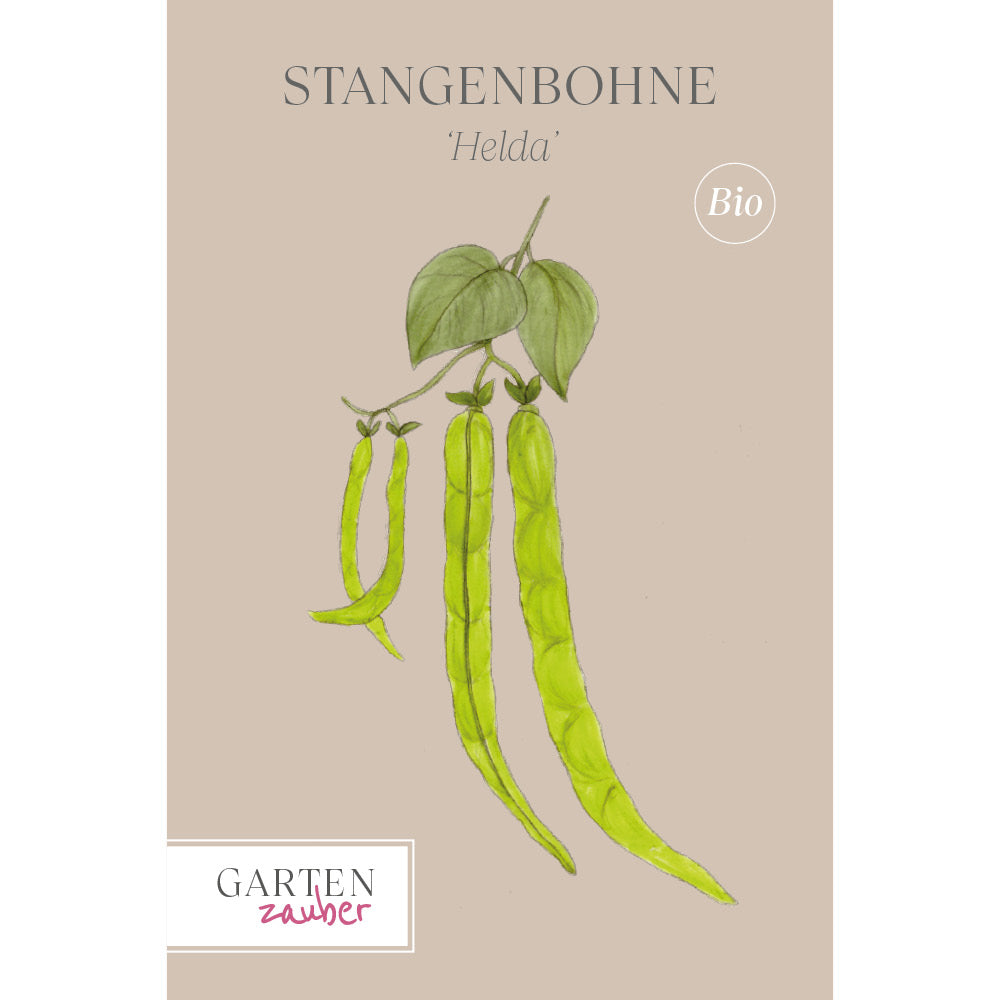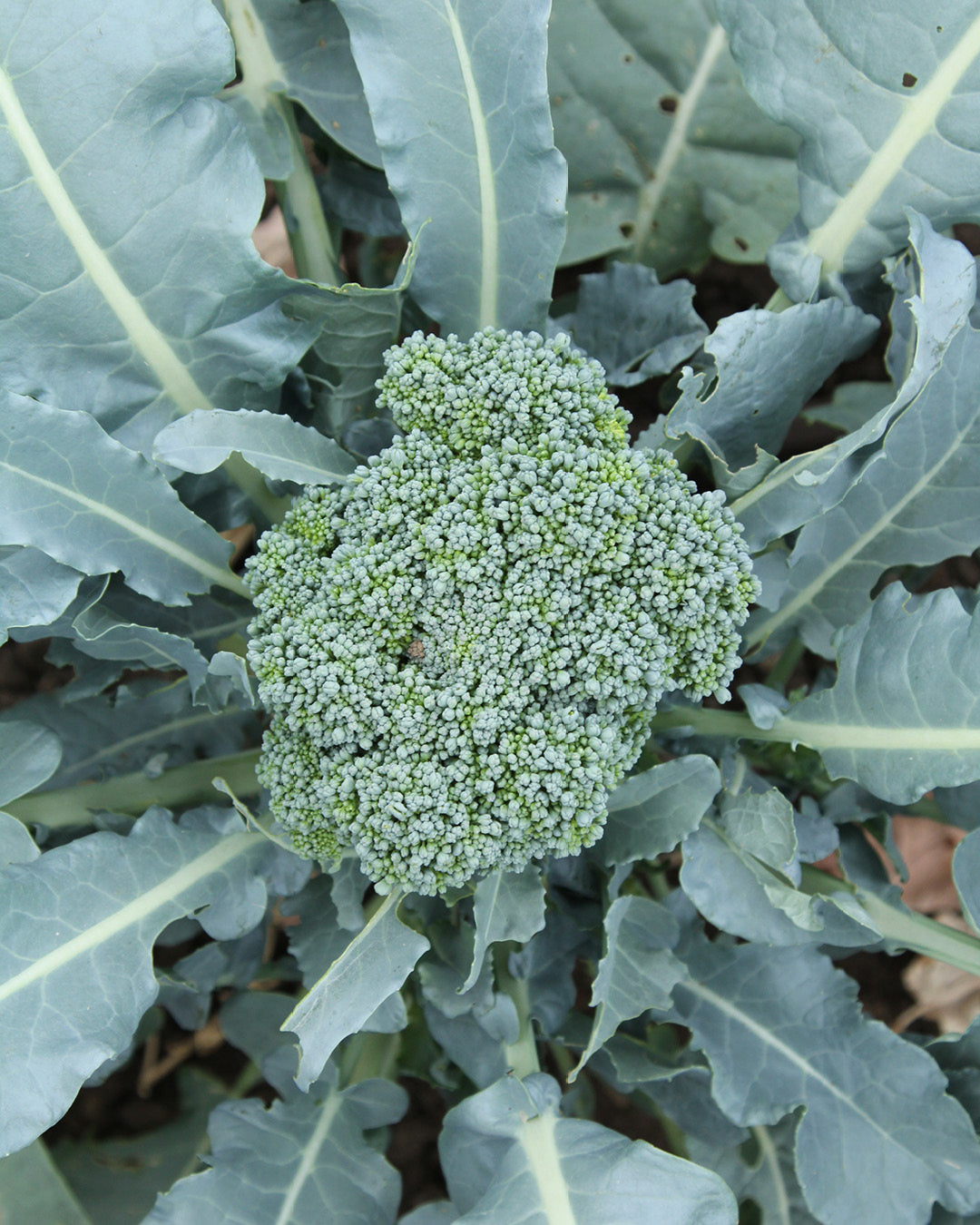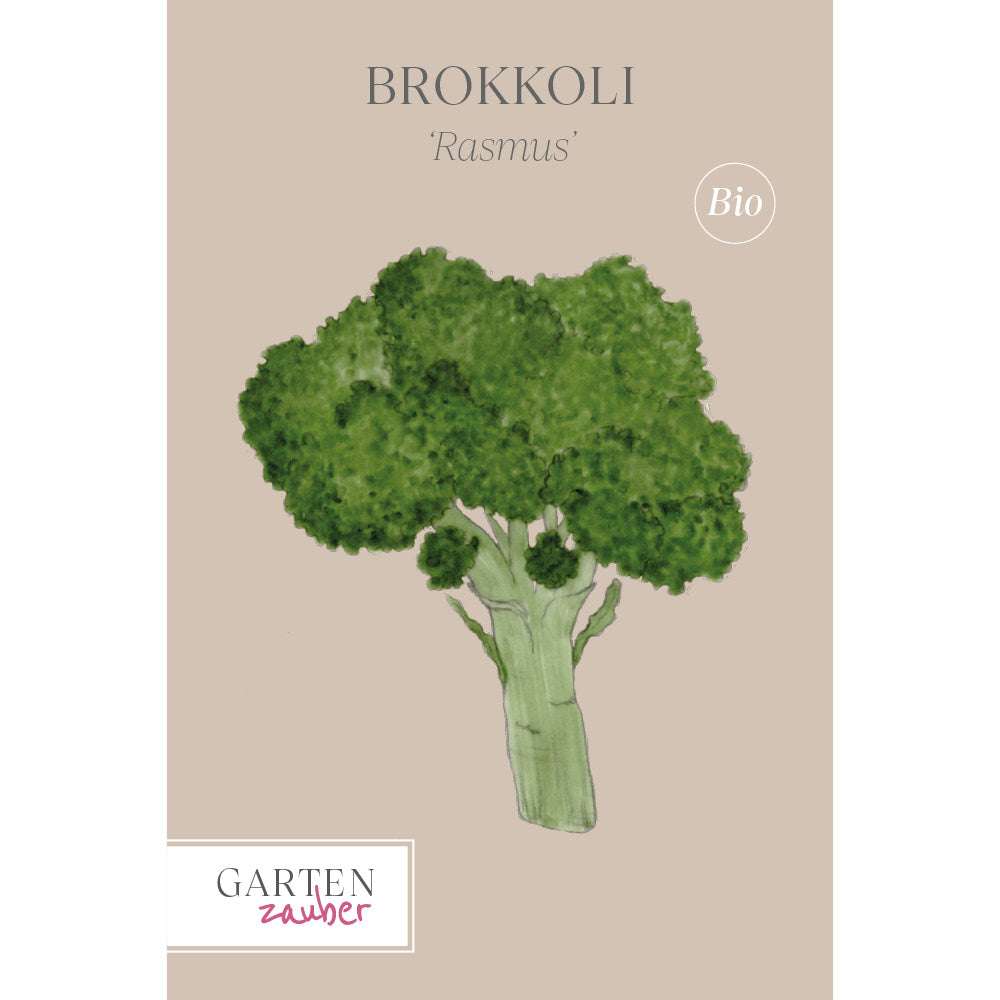Gravel – simple, elegant and timeless
For centuries, gravel has been the first choice of all types of surface for spacious parks and extensive paths or squares around castles.
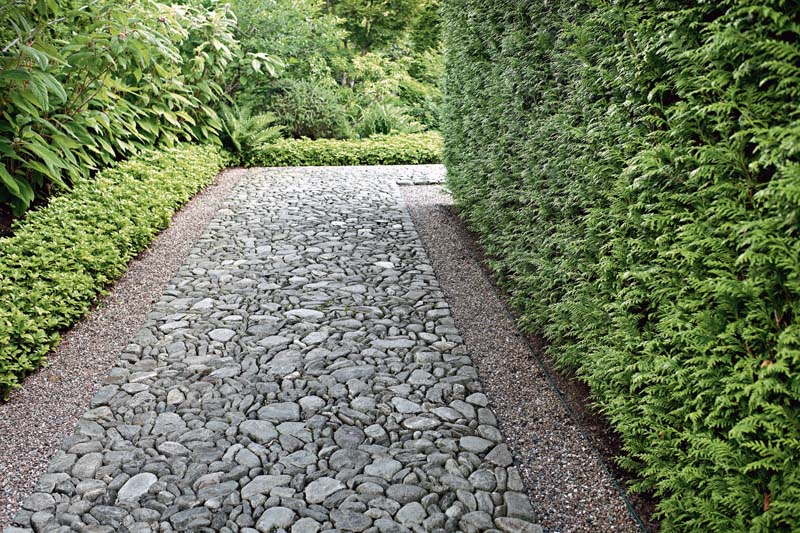
Due to their simplicity, gravel and chippings paths are once again popular in modern gardens and are among the most cost-effective paving materials. They cannot be swept, only raked, and require regular maintenance. Repairs and damage repair of puddles caused by uneven wear or compaction in the substructure (e.g., ruts) are just as much a part of maintenance work as weed removal or leveling and replacing gravel. Abrasion, especially during extended dry periods combined with wind, leads to a certain amount of dust. Another disadvantage: gravel paths are difficult to drive on. Transporting a small-wheeled garbage can over a deeply buried gravel path can be strenuous over time. Unobtrusive, milky-colored, large-format polypropylene sheets with a honeycomb structure and geotextile welded to the base, which can be used to lay paths, eliminate this disadvantage. After laying and covering with gravel, the 4 cm high slabs are not visible, the path is stabilized by the webs of the honeycombs and is not only easy to drive on with a stroller but is also suitable for driveways and parking spaces.
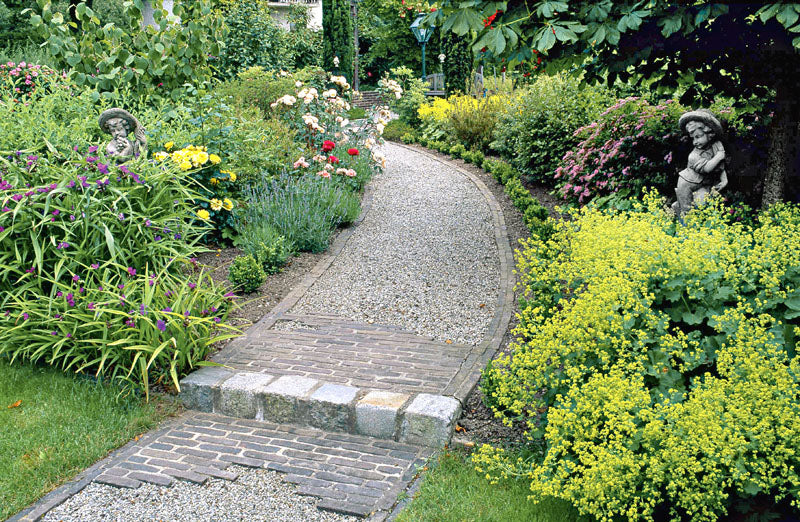
Solid substructure for loose fill
The most important part of gravel paths is the substructure. It is constructed according to the same rules as for a water-bound path surface. The gravel itself only serves to cover and refine the surface. Therefore, the covering layer of gravel or chippings should be applied no more than 2 to 3 cm thick. Higher layers cause you to sink deeper, making the paths more difficult to walk on. Whether angular crushed gravel (chips) or rounded river gravel, grain sizes of 5 to 8 and 8 to 16 mm are recommended. If larger quantities are required, you will probably resort to common materials such as gray fine chippings made of granite, basalt, diorite, or dolomite. For smaller paths, however, you can also use a more refined material such as green serpentinite or ochre-colored limestone chippings. If the color of the base layer differs from the surface layer, undesirable mixing can occur during maintenance – for example, when weeding. This can be remedied by installing a tape fabric between the surface and base layers. If it becomes visible again over time, it must be covered again.
The border makes the way
The great advantage of loose paving is that the small stones adapt to any desired shape. For paths, this means smooth, homogenous curves, which are not accompanied by a complex, often fragmented paving design. The lines of the paths dictate the edging. It can be paved in wide and clearly visible single or double rows of small stones or upright clinker. This creates a solid, spatial boundary from the surrounding beds or lawn. A more elegant look is achieved by a slender, only 3 mm thick border made of strip steel. The metal bends easily. The narrow steel edge is unobtrusive, and the path's effect is created solely by the gravel. Ready-made systems are available on the market that have rounded edges, use concealed ground nails, and do not require any concrete at all. However, strip steel is usually installed with a concrete stabilizing wedge on both sides and slightly higher than the surrounding level.
← vorheriger Post: Color and shape contrasts in the perennial bed
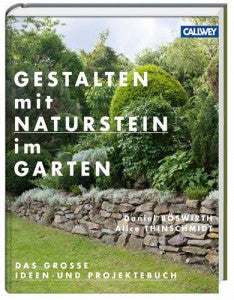
The content of this article is from the book:
Daniel Böswirth and Alice Thinschmidt
Designing with natural stone in the garden –The big book of ideas and projects
21.5 x 28 cm, bound with dust jacket
€ [D] 39.95 / € [A] 41.10 / sFr. 53.90
ISBN: 978-3-7667-2016-0
The fascination with the durability, simplicity, and beauty of stone is as old and enduring as the stone itself. Designing with natural stone not only suits every garden, but setting stone without mortar has enjoyed increasing popularity for years. Whether walls, paths, stairs, seating areas, or water features – natural stone can be used to create almost all essential garden design elements.

